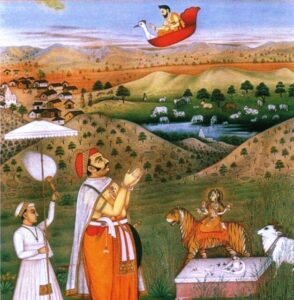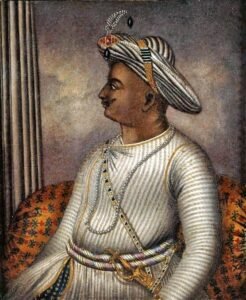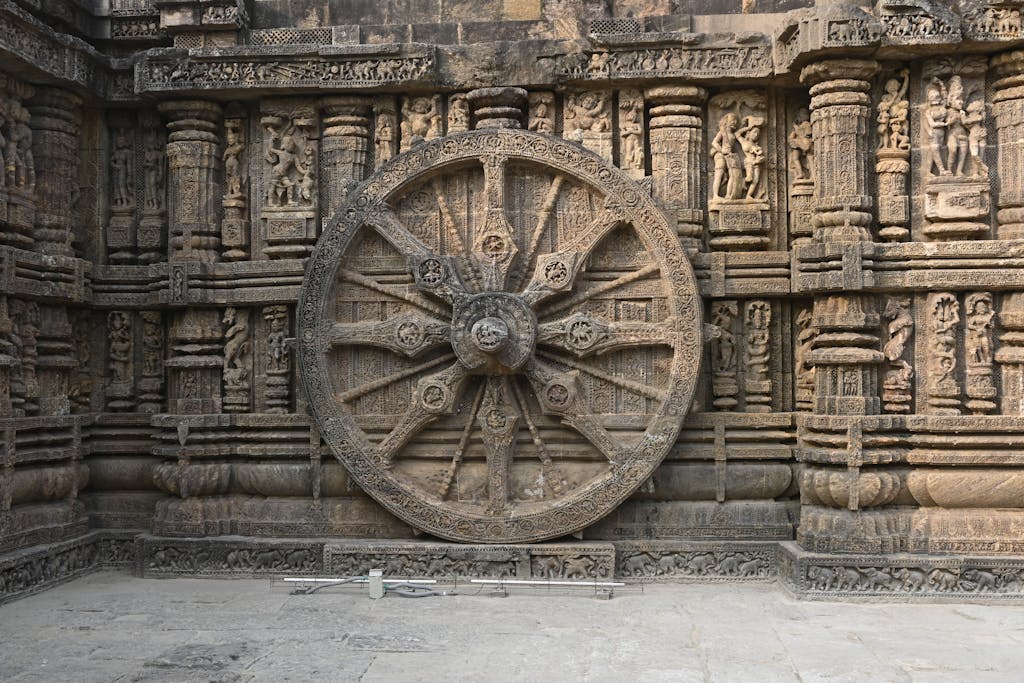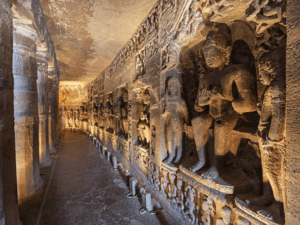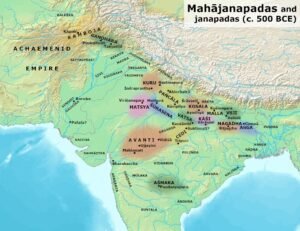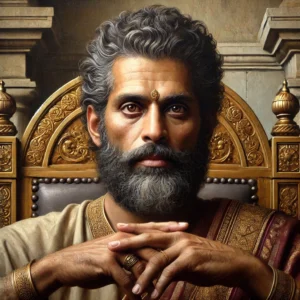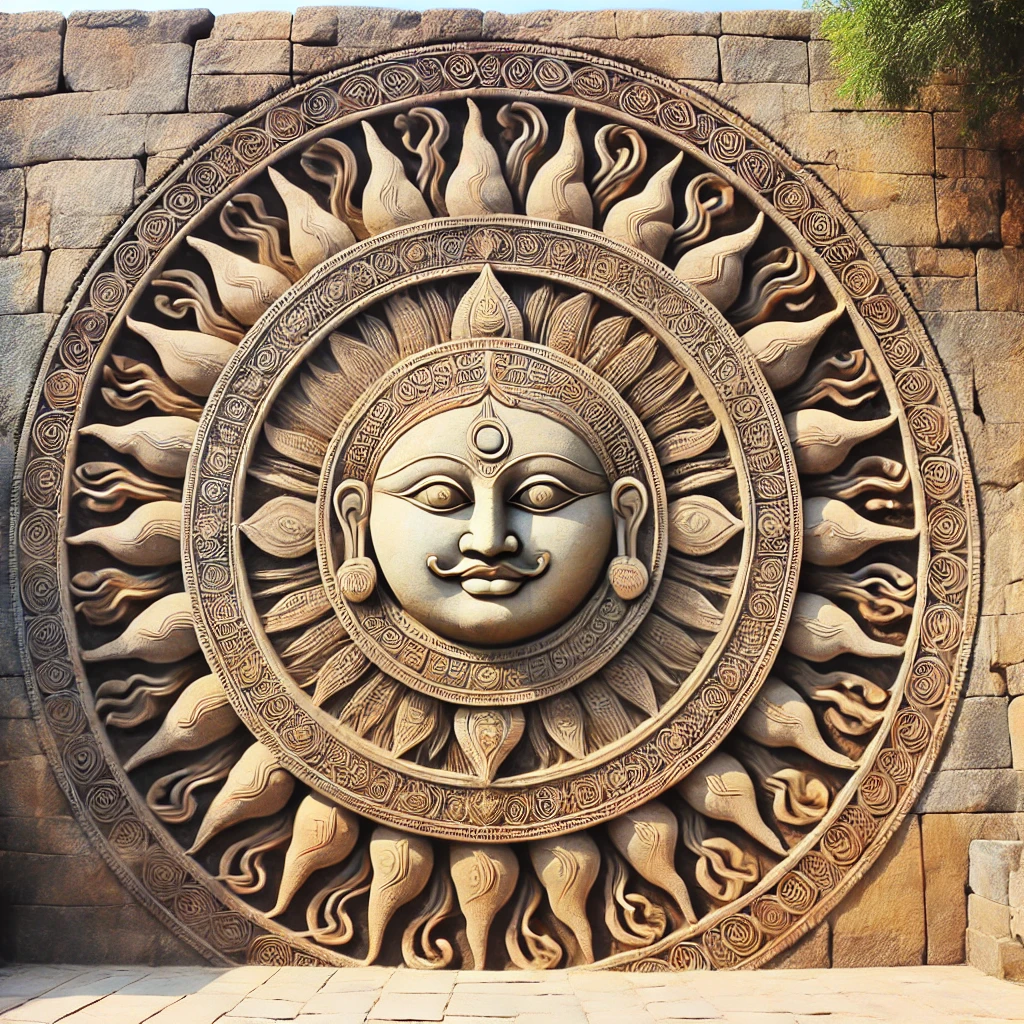
Suryavanshi
The Suryavanshi (Solar Dynasty) refers to the lineage of kings and rulers who claim descent from Surya, the Hindu Sun God. This dynasty is one of the most celebrated in Hindu mythology and Indian history. Below is a list of important Suryavanshi dynasties and rulers, spanning from ancient to modern times:
1. Ikshvaku Dynasty (Ancient Times)
The Ikshvaku dynasty is considered the most ancient and prominent of the Suryavanshi dynasties. According to Hindu texts, it began with King Ikshvaku, the son of Vivasvan (Surya).
- Raghu: A famous king of the Ikshvaku lineage, from whom the term Raghuvanshi comes.
- Harishchandra: Known for his unwavering commitment to truth and morality, Harishchandra is a legendary king of this dynasty.
- Lord Rama: The most renowned figure of the Suryavanshi lineage, Lord Rama, the hero of the Ramayana, is a central figure in this dynasty. He is considered the seventh avatar of Vishnu, and his rule, known as Rama Rajya, is seen as the ideal kingdom.
Geographical Influence: The Ikshvaku dynasty ruled from the kingdom of Kosala, with its capital at Ayodhya (present-day Uttar Pradesh).
2. Maurya Dynasty (321–185 BCE)
Though the Maurya Dynasty is best known for its founder Chandragupta Maurya, who belonged to a different lineage, later rulers like Ashoka were claimed to be connected to the Suryavanshi line. Historical records suggest an association with the solar dynasty as part of royal prestige.
3. Chalukya Dynasty (6th–12th Century CE)
The Chalukya Dynasty, which ruled parts of southern and western India, claimed descent from the Suryavanshi line. Though their ancestral link to Surya Bhagwan is debated among historians, they frequently associated themselves with the Solar Dynasty to establish their divine lineage.
- Pulakeshin II: One of the most famous rulers of the Chalukya dynasty, known for his military conquests and administration.
4. Gahadavala Dynasty (11th–12th Century CE)
The Gahadavala Dynasty, which ruled over the region of Kannauj in northern India, also claimed to be Suryavanshi.
- Govindachandra: A notable king of this dynasty, who expanded his rule and promoted Hindu culture, arts, and architecture.
5. Sisodia Dynasty (Mewar, 13th Century–Present)
The Sisodia Rajputs of Mewar are perhaps the most enduring Suryavanshi dynasty, with their lineage tracing back to Lord Rama.
- Rana Hammir: He restored the Sisodia dynasty’s power in Mewar after a period of decline and laid the foundation for a long-lasting reign.
- Rana Sanga: Known for his valiant battles against the Mughal emperor Babur.
- Maharana Pratap: The most famous ruler of Mewar, celebrated for his resistance against Akbar in the Battle of Haldighati (1576).
The Sisodia rulers of Mewar continue to be recognized even today, with the royal family of Udaipur being descendants of this dynasty.
6. Kakatiya Dynasty (12th–14th Century CE)
The Kakatiya Dynasty of Warangal, in present-day Telangana, claimed to be descended from the Solar Dynasty. Though the historical connection is unclear, they maintained this link as part of their royal identity.
- Prataparudra: The last great ruler of this dynasty, known for resisting the Delhi Sultanate.
7. Chandela Dynasty (9th–13th Century CE)
The Chandelas of Bundelkhand, famous for building the Khajuraho temples, claimed descent from Surya.
- Vidyadhara: One of the most powerful rulers, known for his conquests and cultural patronage.
8. Solar Dynasty Rajputs in Modern Times
Various Rajput clans across northern and western India continue to claim descent from the Suryavanshi line. Some of these include:
- Kachwaha Dynasty (Jaipur): The ruling family of Jaipur traces its ancestry to Surya Bhagwan. They ruled the princely state of Jaipur during the British period and continue to be a prominent family in Rajasthan today.
- Rathore Dynasty (Marwar/Jodhpur): The Rathores, who ruled Jodhpur and Bikaner, claim descent from Surya and Lord Rama. The current royal family of Jodhpur maintains the Suryavanshi legacy.
9. Peshwa Dynasty (18th Century CE)
Although primarily Brahmin rulers, the Peshwas of the Maratha Empire often claimed a symbolic connection to the Suryavanshi tradition to legitimize their rule over Hindu kings and territories.
Conclusion
The Suryavanshi lineage, connected to Surya Bhagwan, has had a profound influence on Indian history and culture. From the ancient Ikshvaku dynasty, with legendary figures like Lord Rama, to the enduring Sisodia Rajputs of Mewar, the Solar Dynasty’s legacy continues in both historical narratives and the royal families of modern India.

